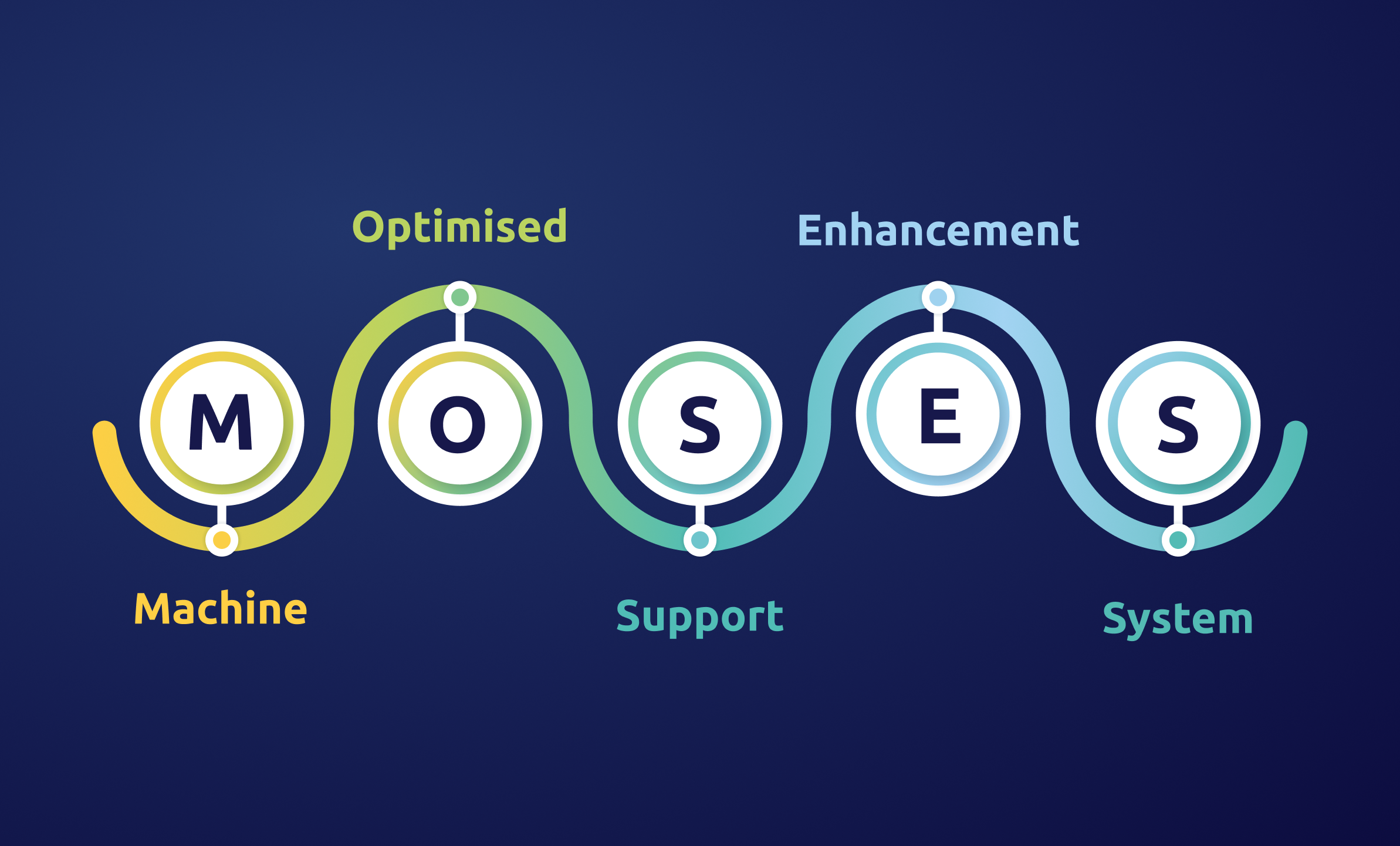The rapid adoption of generative AI (GenAI) is transforming how organisations innovate and operate. From boosting productivity to enabling intelligent automation, AI is becoming deeply embedded in business processes. But with this power comes the critical responsibility of safeguarding sensitive data. As AI systems - particularly agentic AI - become more autonomous and integrated, strong governance and compliance frameworks are essential.
Understanding AI Agents vs. Agentic AI
AI agents are task-specific systems that follow predefined instructions to achieve a goal. They’re widely used in enterprise environments—for example, a Defender Agent for cybersecurity, a Teams Agent for collaboration, or an Intune Agent for device management. These agents optimise outcomes but operate strictly within set parameters.
Agentic AI, by contrast, is more autonomous. It can set its own goals, adapt strategies, and make decisions independently. For instance, an agentic AI tasked with threat detection might coordinate across multiple systems—like Defender, Teams, and Intune—to gather data, assess risks, and take proactive action without human input.
The key distinction lies in autonomy: AI agents execute; agentic AI decides.
Data Security Challenges in the Age of AI
As organisations deploy GenAI and agentic systems, several data security challenges emerge:
1. Shadow AI Usage
Employees using unsanctioned AI tools can bypass enterprise controls, risking data exposure.
2. Unmonitored AI Interactions
Without visibility, it’s difficult to track how AI systems handle sensitive data.
3. Excessive Data Access
Agents with broad permissions may unintentionally expose confidential information.
4. Compliance Gaps
Regulations like GDPR, HIPAA, and CCPA require strict oversight of AI data handling.
Best Practices for Securing AI Systems
1. Deploy Enterprise-Grade Security Tools
Microsoft Purview’s Data Security Posture Management (DSPM) is a powerful solution designed to help organisations - especially those working with Microsoft 365 - identify, assess, and mitigate data security risks across cloud environments. Solutions like Microsoft Purview’s (DSPM) for AI offer:
- Visibility into AI usage across apps and agents
- Risk analytics to flag unethical or risky interactions
- Preconfigured compliance policies
2. Monitor and Audit AI Activity
- Log all AI interactions for traceability
- Set real-time alerts for suspicious behaviour
3. Enforce Data Access Controls
- Use sensitivity labels and adaptive protections
- Block sensitive data from being input into external AI tools
4. Govern AI Development
- Establish secure coding practices for AI agents
- Restrict access to sensitive data repositories
5. Educate Employees
- Train staff on responsible AI use
- Provide clear guidelines for interacting with AI tools
The Role of Governance
Effective governance is the backbone of AI security. It requires:
- Transparency: Document how AI systems interact with data
- Accountability: Assign clear ownership for AI oversight
- Proactive Risk Management: Use tools like DSPM to anticipate and mitigate threats
Conclusion
As Gen AI and agentic AI reshape the enterprise landscape, securing data is no longer optional—it’s foundational. By understanding the capabilities of these systems and implementing strong governance, organisations can unlock AI’s potential while protecting what matters most.
Looking to safeguard your data?





